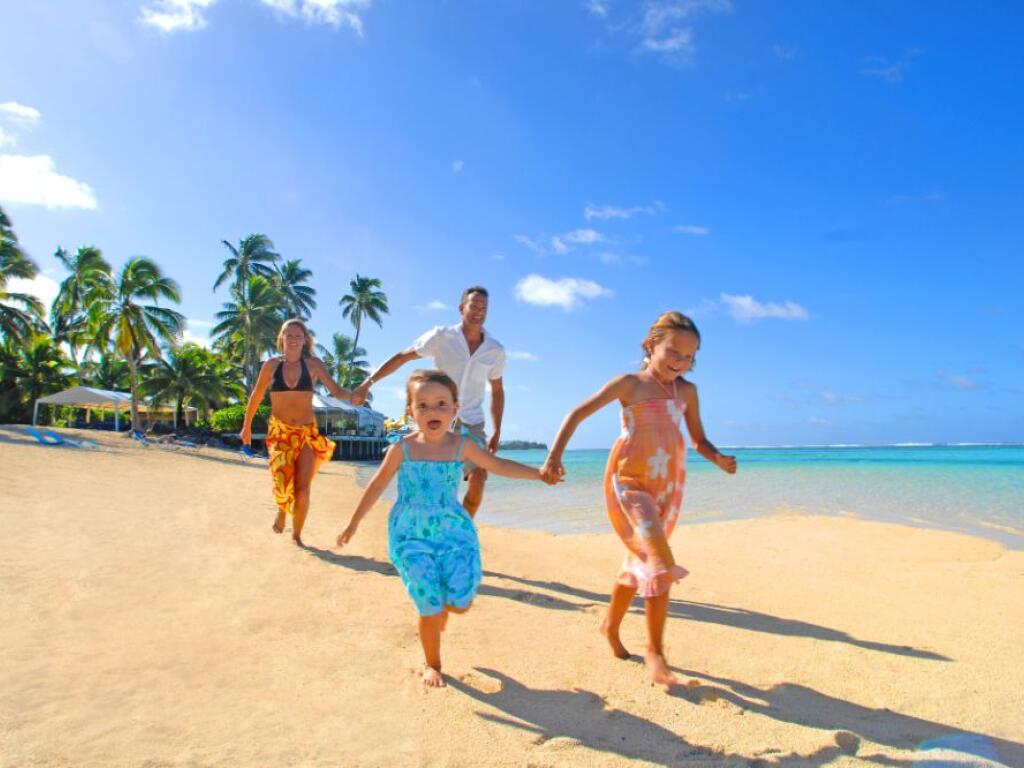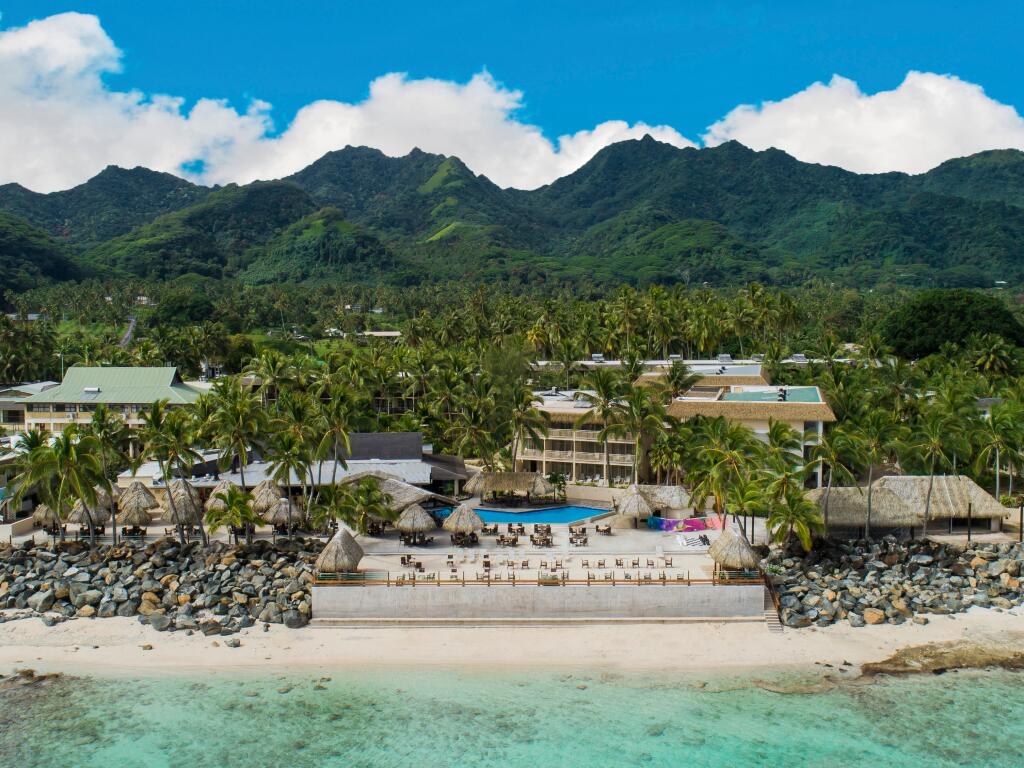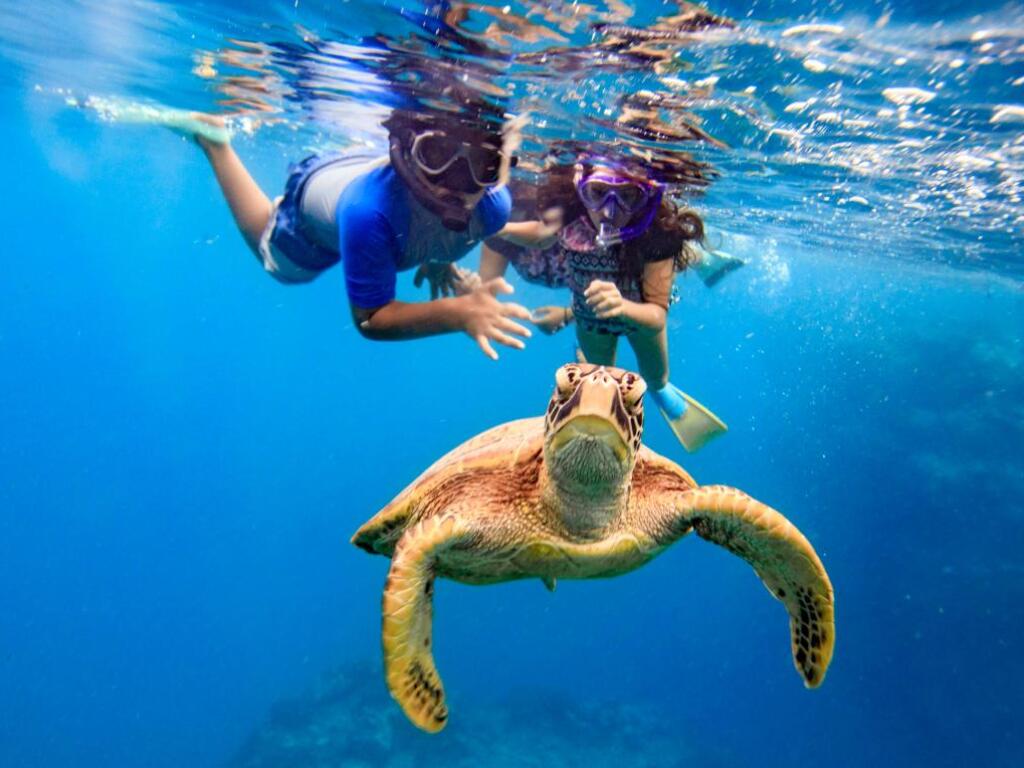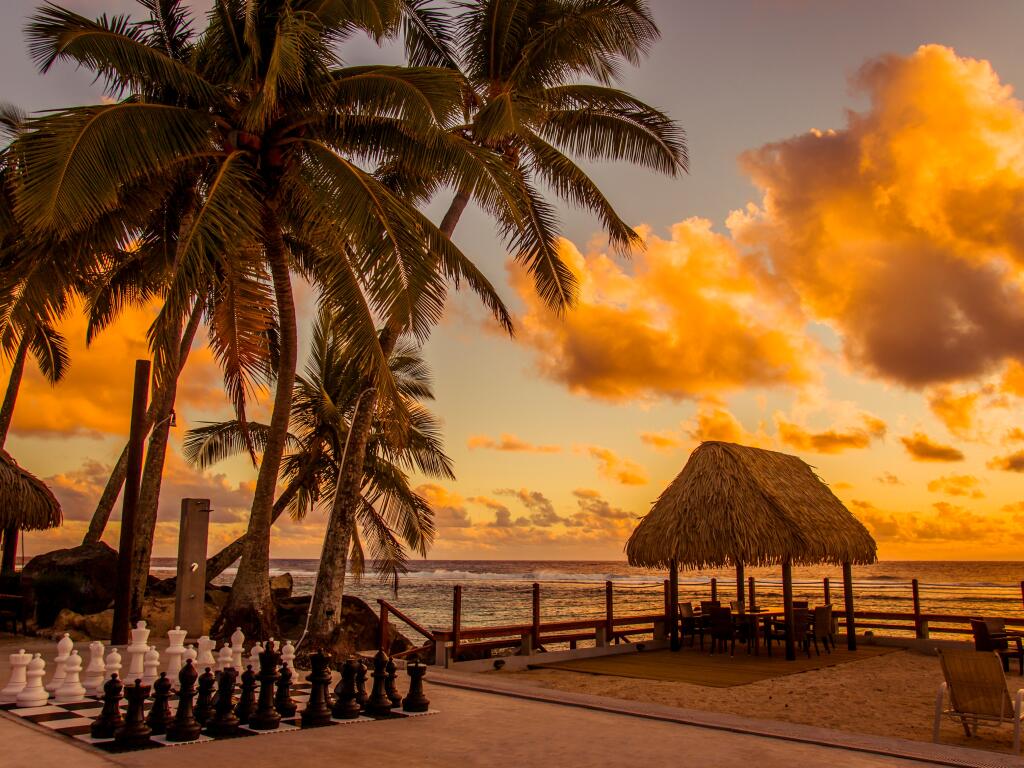Best Time To Visit The Cook Islands
The Cook Islands, a stunning paradise in the South Pacific, offer warm hospitality, breathtaking scenery, and a relaxed island lifestyle. With a tropical climate that brings sunshine year-round, there's never a bad time to visit. However, depending on your preferences—weather, budget, or activities—some months may suit your travel plans better than others. From dry-season beach escapes to cultural festivals and budget-friendly travel periods, here's everything you need to know about choosing the best time to visit the Cook Islands.
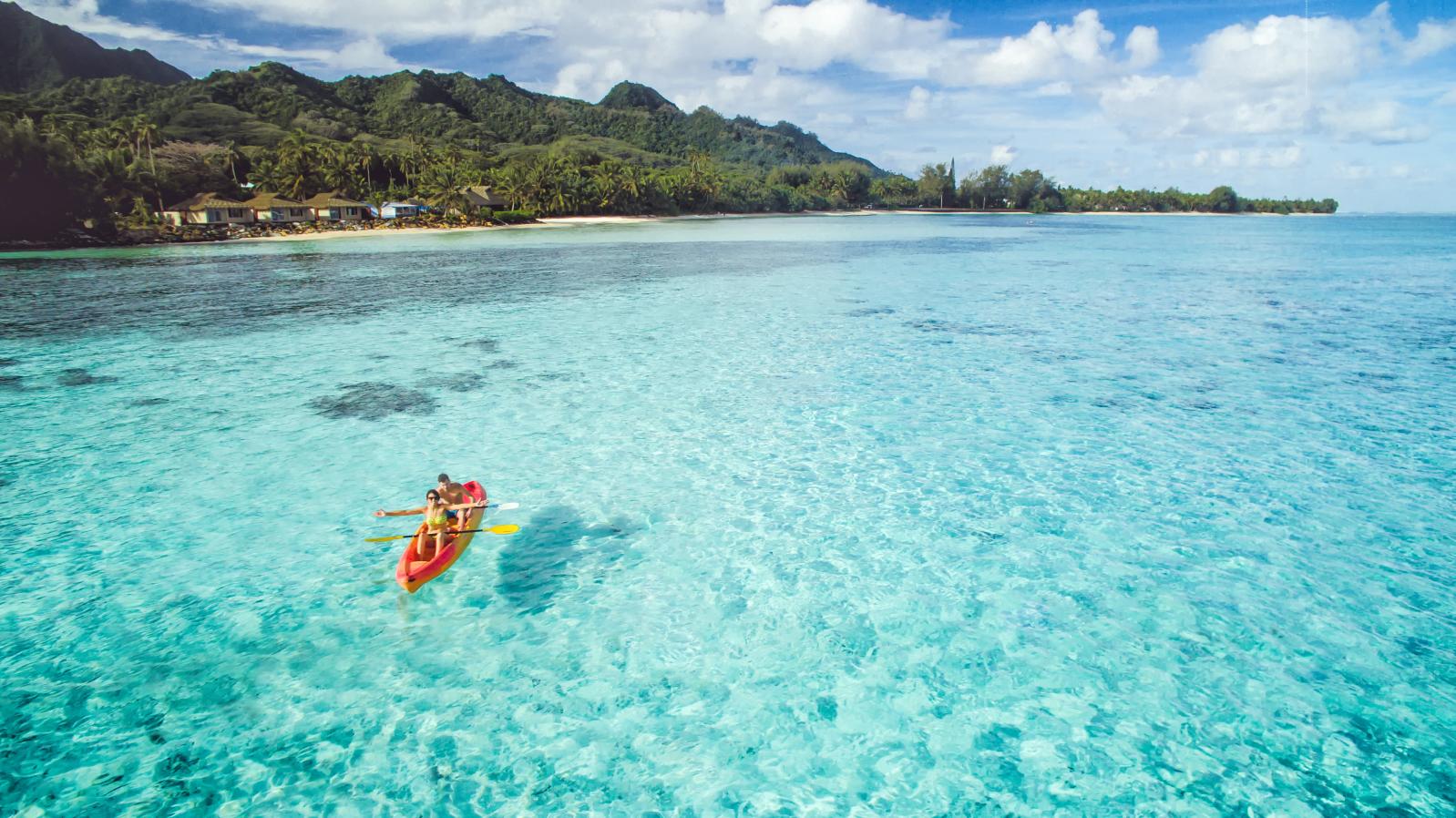
When planning your Cook Islands holiday, it is important to know when the best times are to travel. Although the Cook Islands are a beautiful place to visit all year round, there are some personal preferences involved in choosing the right time for you. Considerations like weather forecast, pricing of flights and accommodation, as well as which islands you wish to visit all play a role in planning your perfect holiday.
Popular Cook Islands Deals
Weather
The Cook Islands are located right in the heart of The South Pacific and enjoy a year-round balmy tropical climate. No matter the time of year, visitors can enjoy swimming, snorkeing, sunbathing and a range of popular tours and activities. During the warmer months between November and April, temperatures fall within an warm and inviting 26°C to 30°C. During the cooler months from May to October temperatures remain a mild 22°C to 27 °C. Like most tropical climates, the wet season falls during the summer months where high temperatures and humidity lead to increased rainfall. In the warmer months, the odd afternoon shower is expected, however their tropical nature makes them warm, and they do not last for long.
Peak & Off-Peak Season
Peak and off-peak seasons can play a major role in planning your Cook Islands holiday, as peak seasons can often be more expensive, and also the busiest. Peak season in the Cook Islands generally occurs around July to August, being winter-time in Australia and NZ. Many families opt to travel to the gorgeous warm tropical climate during this time as it falls around school holidays. Off-peak times generally occur in the summer months.
Understanding the Climate in the Cook Islands
The Cook Islands enjoy a warm, tropical climate year-round, with two distinct seasons that can shape your experience.
Dry Season (April - November): This is the most popular time to visit, with cooler temperatures, lower humidity, and little rainfall. The days are warm, making it ideal for outdoor activities like hiking, snorkelling, and exploring the islands.
Wet Season (December - March): Expect warmer temperatures and higher humidity, with tropical showers that are usually short-lived. While it's the low season for tourism, this period offers lush landscapes, fewer crowds, and more affordable travel deals.
By understanding these seasonal shifts, you can plan your holiday around the type of experience you're after, such as adventure, relaxation, or cultural immersion.
Best Time to Visit Based on Your Travel Priorities
- For the Best Weather (May - October): During these months, the Cook Islands experience mild temperatures with clear skies and gentle breezes. It's the ideal time for relaxing on the beach, enjoying outdoor dining, and exploring nature without the humidity of the wet season.
- For Fewer Crowds (April, May, September, October): These shoulder months offer a quieter experience with pleasant weather. If you're after tranquillity and space to explore at your own pace, this is a great time to visit.
- For Budget Travellers (November - March): The off-peak season brings lower prices on flights and accommodation. While rainfall is more frequent, it's often in short bursts, leaving plenty of sunshine to enjoy.
- For Cultural Experiences (July - August): If immersing yourself in local traditions is a priority, consider visiting during major festivals like Te Maeva Nui, the Cook Islands' independence celebrations filled with dance, music, and community events.
- For Diving & Snorkelling (May - October): Clear waters and calm conditions make this the best time for underwater exploration. You'll find excellent visibility for diving and snorkelling in Aitutaki Lagoon and around Rarotonga's reefs.
Cultural Festivals and Events
For those looking to add a cultural dimension to their trip, planning around the Cook Islands' major festivals is a great idea.
- Te Maeva Nui (Late July - Early August): This vibrant event celebrates the Cook Islands' self-governance with music, dance, and parades.
- Tiare Festival (November): A floral celebration featuring colourful parades and beauty contests.
-Vaka Eiva Canoe Festival (November): One of the Pacific's biggest paddling events, attracting teams from across the globe.
Attending these events offers a unique opportunity to experience the warmth and traditions of Cook Islands culture firsthand.
Best Time to Visit for Activities
- Beach and Relaxation (April - November)
The dry season offers warm, sunny days with calm waters—ideal for swimming, sunbathing, and enjoying the island's beaches without the humidity.
- Snorkelling and Diving (May - October)
With excellent visibility and diverse marine life, this is the best time for underwater adventures in the Cook Islands' pristine lagoons and coral reefs.
- Hiking and Nature Exploration (June - September)
Cooler temperatures make it more comfortable to explore Rarotonga's rugged interior, including the famous Cross-Island Track.
- Fishing (July - October)
Game fishing is at its best during these months, with opportunities to catch marlin, tuna, and mahi-mahi.
Exploring the Cook Islands through different activities adds depth to your experience, offering a mix of adventure and relaxation.
Practical Travel Considerations
If you're travelling during the peak season (June - September), book your flights and accommodation early to secure the best deals.
Packing Essentials
- Lightweight clothing for warm days.
- A light jacket for cooler evenings.
- Reef-safe sunscreen and insect repellent.
- Waterproof gear if visiting in the wet season.
Plan Your Trip with TravelOnline
With year-round sunshine, stunning landscapes, and a welcoming culture, the Cook Islands offer an unforgettable experience no matter when you visit.
Choosing the best time depends on what you want from your trip—whether it's ideal weather, fewer crowds, cultural festivities, or budget-friendly deals.
Plan your Cook Islands adventure with TravelOnline and take advantage of exclusive travel packages designed to make your island escape effortless and memorable.

